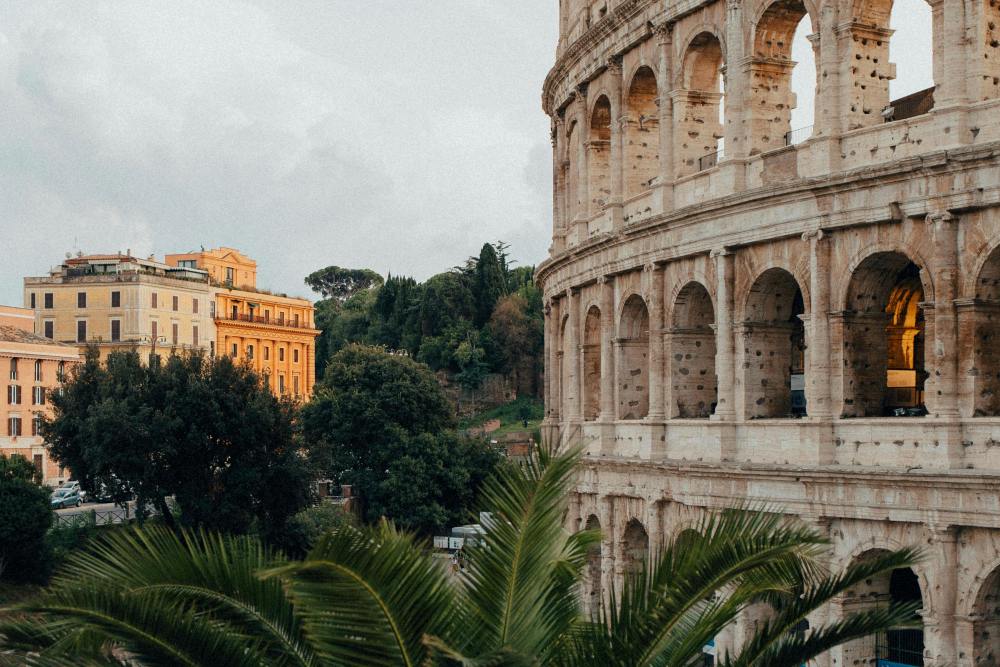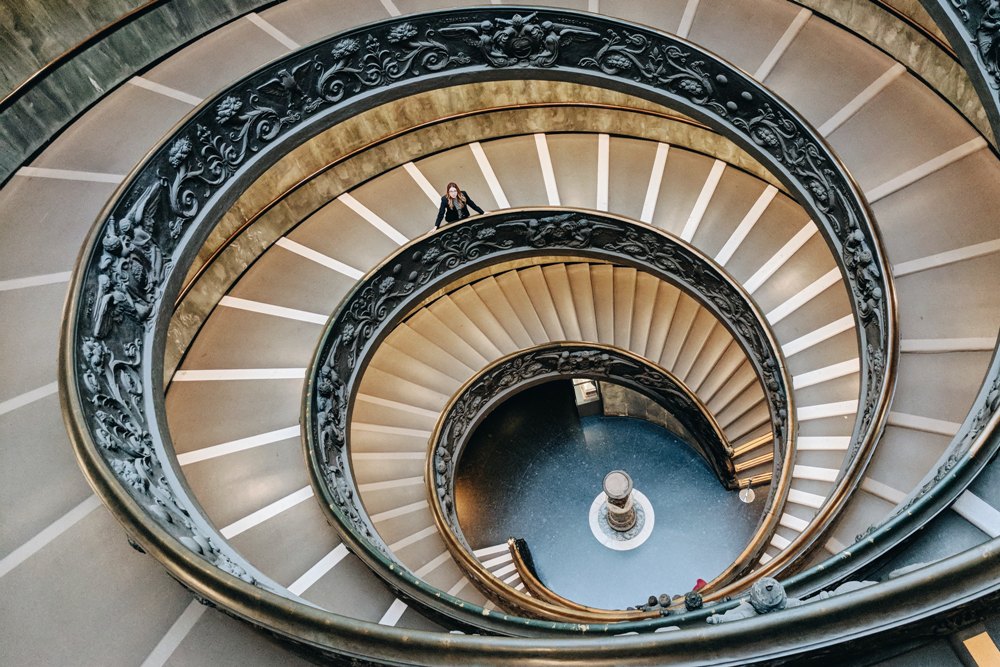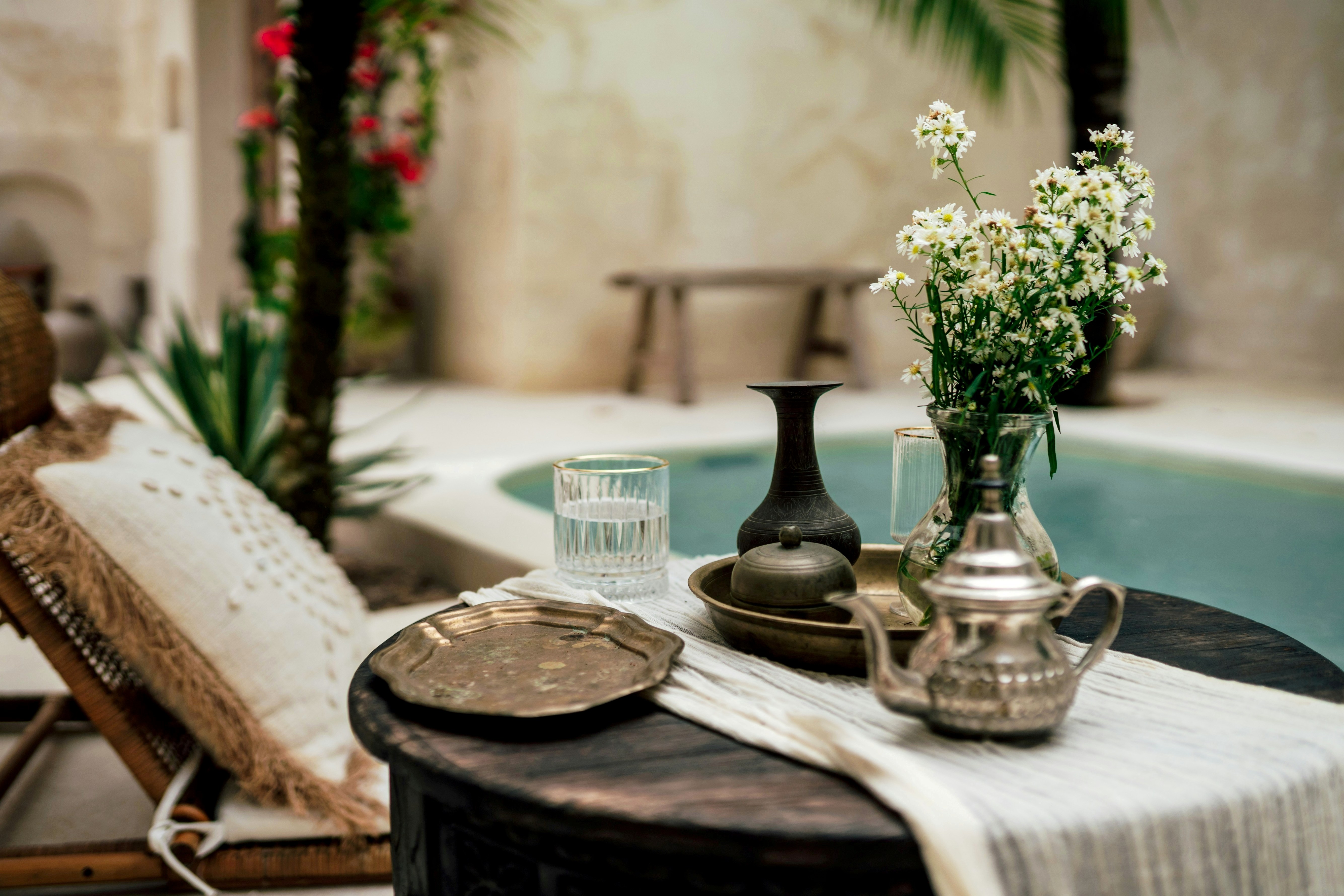
Italian design is celebrated around the world for its effortless blend of artistry, innovation, and cultural heritage. Rooted in centuries of craftsmanship yet constantly evolving, it is a creative language that speaks of beauty, proportion, and function in perfect balance. From the Renaissance palazzi of Florence to sleek urban lofts in Milan, its influence has shaped not only interiors but also the way people experience spaces. Every curve, line, and detail feels deliberate, revealing an unwavering respect for form and a deep connection to tradition.
Legacy of Refinement
The history of Italian design is a story of refinement and reinvention. It draws from a rich tapestry of architecture, sculpture, and decorative arts, weaving old-world mastery into modern aesthetics. Artisans have long embraced a philosophy where quality materials, exceptional skill, and creative daring are never mutually exclusive. This has produced a legacy that transcends passing styles, allowing each era to add new layers to its identity while maintaining a distinctly Italian soul.
Influence of Architecture
Italian architecture has long inspired interior design, creating spaces that emphasize proportion, light, and harmony. From the soaring columns of ancient Rome to the romantic arches of Venice, structural forms have guided the flow of interiors. Designers often draw upon architectural principles when creating furniture layouts, color palettes, and decorative elements, ensuring that rooms feel both grounded and graceful. Even in contemporary settings, the rhythm of architectural symmetry and the interplay of shadow and light remain essential to the Italian aesthetic.
Color and Material Harmony
Colors in Italian design often reflect the nation's landscapes, from the warm ochres of Tuscan hills to the deep blues of the Amalfi coast. These tones, when paired with carefully chosen materials, create a sense of authenticity and comfort. Natural stone, polished wood, fine textiles, and hand-blown glass frequently appear in interiors, each chosen for its texture and luster. The combination of color and material is never accidental, and the harmony achieved between them transforms ordinary rooms into spaces that feel vibrant yet refined.
Elegance of Crafted Pieces
Perhaps the most intimate expression of Italian design is found in its upscale furniture. Crafted to be both beautiful and practical, these pieces demonstrate how form can follow function without losing its allure. Whether sculpted from richly grained walnut or wrapped in buttery-soft leather, each creation feels timeless yet fresh. Details such as hand-carved ornamentation, seamless joinery, and luxurious finishes reveal a dedication to excellence. In homes across the globe, Italian furniture stands as both a functional necessity and a work of art that reflects the nation's devotion to design.
Attention to Detail
In Italian design, even the smallest detail holds significance. A gently curved table leg, a subtle stitch along a leather chair, or a perfectly aligned marble vein can define the character of a piece. This meticulous approach is rooted in an appreciation for craftsmanship as an art form. While technology has introduced new possibilities, the human touch remains essential in shaping objects that exude warmth and individuality. These details not only enhance beauty but also convey a sense of permanence and integrity.
Balancing Tradition and Innovation
Italian designers are masters at preserving tradition while embracing innovation. Historical motifs might be reimagined in sleek, modern forms, while cutting-edge manufacturing techniques bring new precision to time-honored methods. This dynamic balance keeps Italian design relevant and exciting, appealing to both classic and contemporary tastes. By honoring the past while looking toward the future, Italy continues to shape trends without losing sight of its roots, ensuring its influence remains as enduring as its history.
The art of Italian design is a celebration of creativity, heritage, and ingenuity. It offers a blueprint for living beautifully, where every element is chosen with intention and every space tells a story. Through its harmonious proportions, rich textures, and considered details, it elevates the everyday into something extraordinary. To experience Italian design is to understand that beauty is not merely decorative but an essential part of how life is lived.


















































